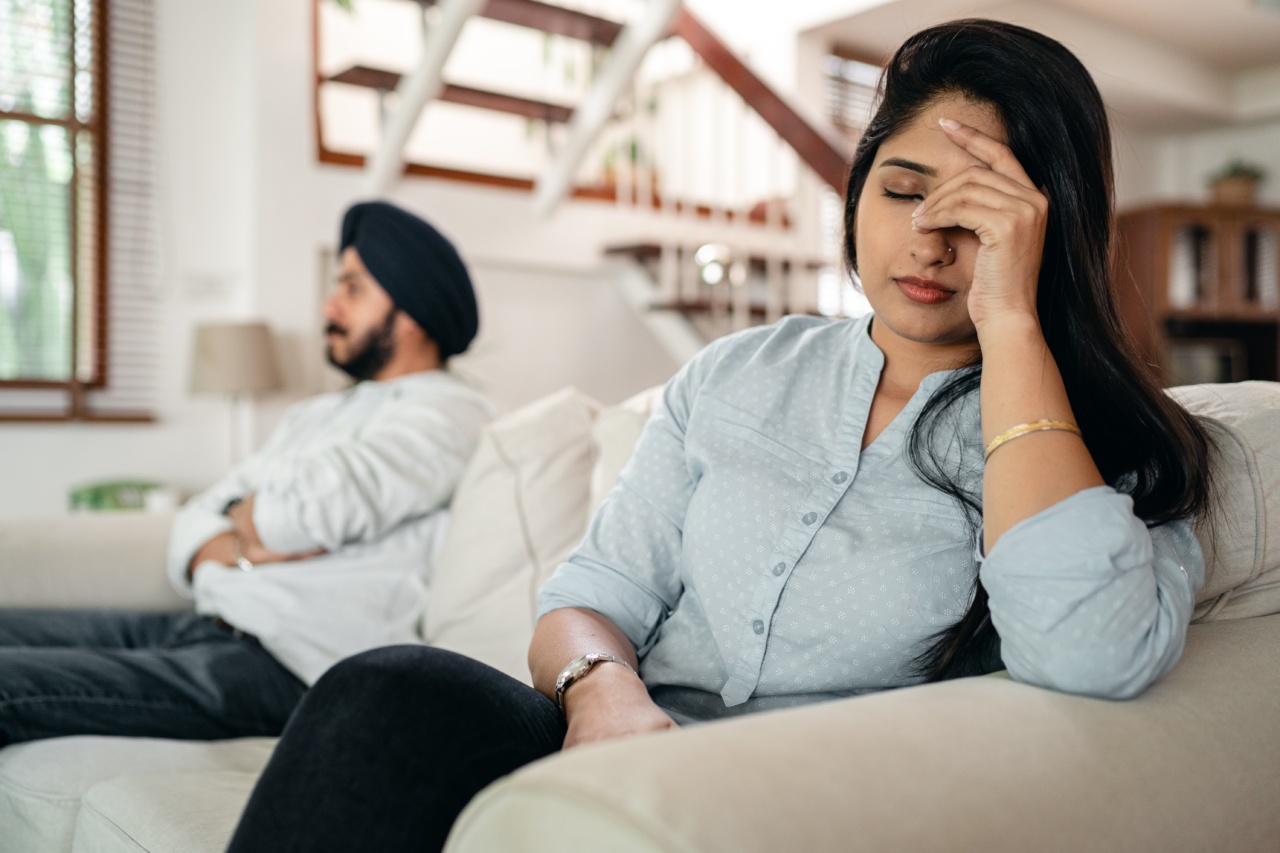Dogs are naturally social creatures that often develop a strong bond with their owners. As such, they may experience separation anxiety when left alone, leading to destructive behavior such as chewing, digging, and scratching.
This article discusses the causes, symptoms, and treatment of canine separation anxiety and home destruction.
Causes of Separation Anxiety in Dogs
There are several factors that can contribute to separation anxiety in dogs:.
- Poor socialization – Dogs that have not been exposed to a variety of people, pets, and environments during their formative years are more likely to feel anxious when left alone.
- Change in routine – A sudden change in the dog’s routine, such as a change in the owner’s work schedule, can be stressful for the dog and trigger separation anxiety.
- Abandonment – Dogs that have been abandoned or surrendered to a shelter may have a higher likelihood of developing separation anxiety.
- Over-attachment – Dogs that are overly attached to their owners are at a higher risk of developing separation anxiety.
Symptoms of Separation Anxiety in Dogs
Signs of separation anxiety can vary from dog to dog but common symptoms include:.
- Destructive behavior – Chewing, digging, scratching, and other destructive behavior aimed at gaining attention or escaping confinement.
- Self-harm – Scratching, biting, or licking at their own skin to the point of self-injury or hair loss.
- Excessive barking or howling – To get their owner’s attention or vocalize their anxiety and distress.
- Toileting outside of usual areas – Accidents can occur when a dog is feeling excessively anxious and has difficulty controlling their bladder and bowel movements.
- Pacing or restlessness – Dogs may exhibit signs of hyperactivity or restlessness when left alone.
Treatment of Separation Anxiety in Dogs
There are several strategies that can help to reduce separation anxiety in dogs:.
- Gradual acclimatization – Dogs can be gradually introduced to being left alone, starting with short periods before increasing the time spent alone.
- Desensitization training – Through training, dogs can be taught to associate being alone with positive experiences, such as receiving treats or toys.
- Medication – In severe cases, veterinarians may prescribe medication to help alleviate symptoms of separation anxiety.
- Behavioral therapy – A qualified animal behaviorist can help to develop an individualized treatment plan for dogs with separation anxiety, including training and behavioral modification techniques.
Home Destruction in Dogs Due to Separation Anxiety
When dogs are left alone and feeling anxious, they may engage in destructive behavior as a way of relieving their stress and anxiety. Common home destruction behaviors include:.
- Chewing furniture, shoes or clothing.
- Digging up carpet or hardwood floors.
- Scratching doors and walls in an attempt to escape the home and find their owner.
- Urinating or defecating inappropriately.
Preventing Home Destruction in Dogs with Separation Anxiety
There are several measures that dog owners can take to help prevent home destruction from separation anxiety:.
- Provide plenty of exercise and playtime before leaving the dog alone.
- Provide toys and chews to keep the dog occupied while alone.
- Use positive reinforcement training to create positive associations with alone time.
- Consider using a crate or playpen to limit the dog’s access to destructive chewing or digging targets.
- Consult a veterinarian or animal behaviorist for advice on medication or behavioral therapy.
Conclusion
Separation anxiety in dogs can be a challenging problem for dog owners, but with the right strategies and treatment, it can be managed effectively.
The key is to identify the underlying causes of the anxiety and work to reduce the dog’s stress and anxiety, while also preventing home destruction behaviors.


























